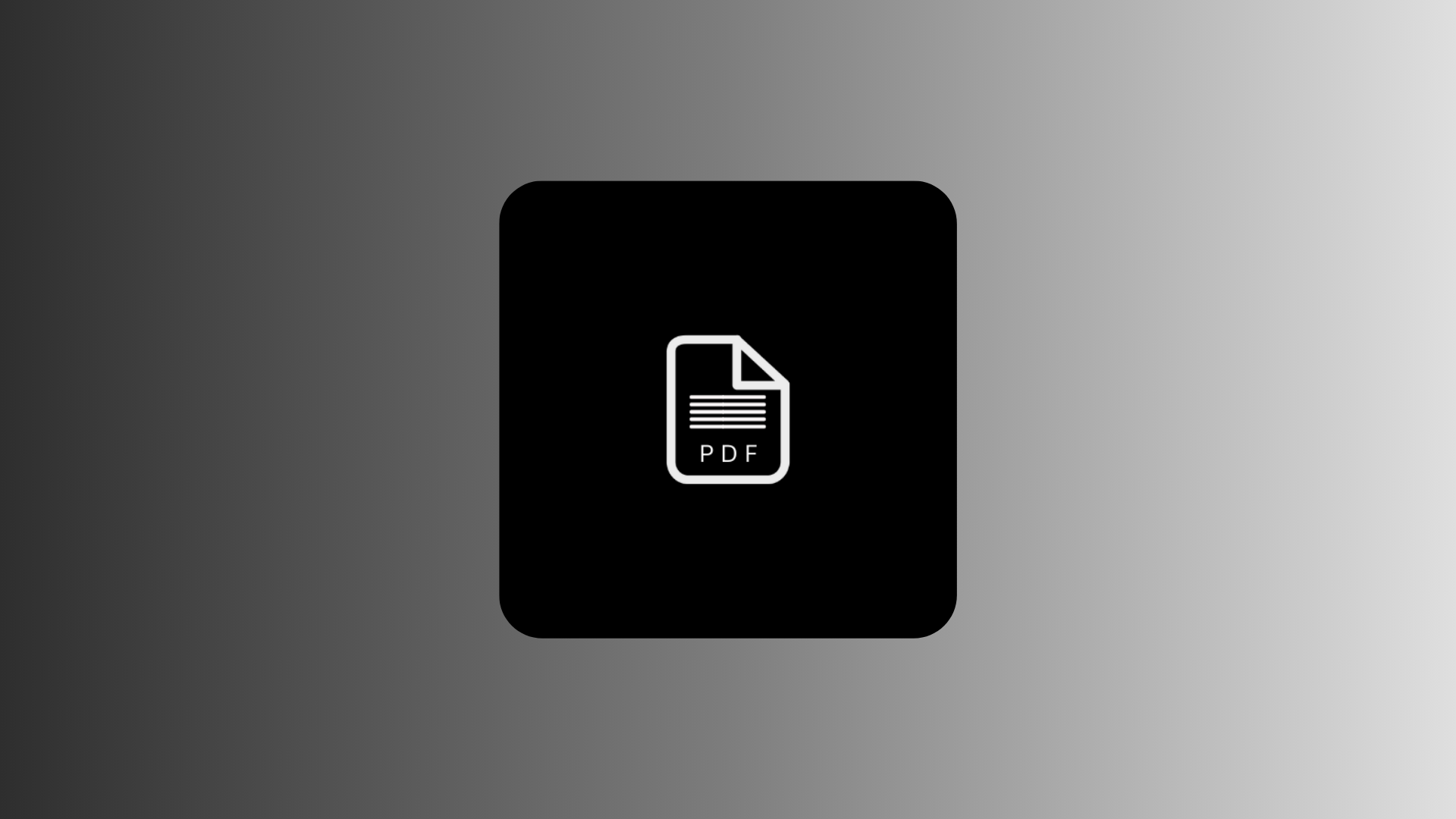
PDF stands for Portable Document Format. It is a file format created by Adobe in the early 1990s to enable reliable sharing and printing of documents across different devices and platforms. Unlike word processing files, which might look different on various systems, PDFs preserve the layout, fonts, images, and overall design of a document exactly as intended by the creator.
A PDF file can contain a variety of content types, including text, images, vector graphics, interactive forms, and even multimedia elements like audio and video. This versatility makes PDFs widely used in business, education, publishing, and many other fields where maintaining the exact appearance of a document is essential.
One of the key benefits of the PDF format is that it is platform-independent. PDFs can be opened and viewed on nearly any device or operating system without worrying about software compatibility or losing the original formatting. This makes it ideal for contracts, reports, brochures, presentations, and any document that needs to be shared and viewed consistently.
PDF files are typically read-only, but they can also be edited with specialized software. Many PDFs are also secured with password protection, encryption, and other security features to protect sensitive information.
Today, the PDF is one of the most common document formats in the world. Whether for distributing resumes, printing professional publications, or sharing forms online, the PDF’s consistency, portability, and broad support have made it a fundamental tool in digital document management.